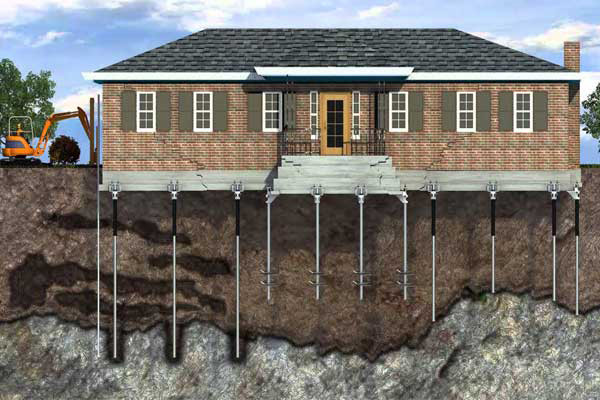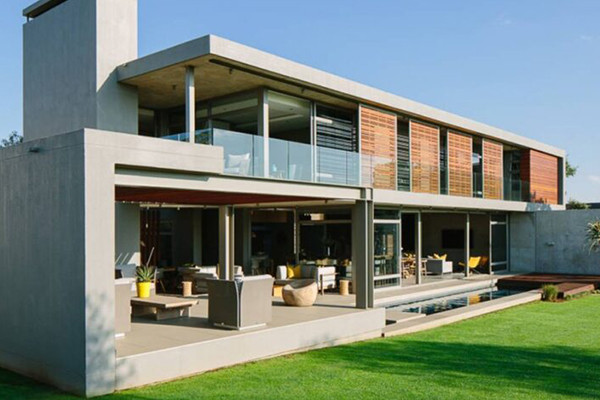
Cultural Heritage of Construction: Traces of Construction Art from Past to Present
Construction goes beyond just creating physical structures, it is a reflection of a society's cultural heritage and history. In addition to being a work of art in terms of architecture and engineering, each building plays an important role in transmitting culture, traditions and social values from past to present over time.
1. Architectural Styles and Periods: The cultural heritage of construction is manifested through different architectural styles and periods. Architectural styles such as Gothic, Romanesque, Baroque and Renaissance determine the structures built in different societies and periods throughout history.
2. Historical Monuments and Heritage Buildings: Historical monuments that reflect the past of every society are living examples of cultural heritage. Many structures, from the pyramids to the Taj Mahal, from the Eiffel Tower to Hagia Sophia, are important heritage buildings that carry the traces of the past to the present.
3. Traditional Construction Techniques: The cultural heritage of construction also includes traditional construction techniques. Traditional techniques such as wood carving, stonemasonry and mosaic making reflect the craft tradition and skill of a society.
4. Restoration and Conservation Works: Preservation of cultural heritage is achieved through restoration projects. Restoring historical buildings is important both to preserve their physical integrity and to pass them on to future generations.
5. Urban Planning and Historical Sites: The cultural heritage of construction is also linked to urban planning and historical sites. City planning that preserves the historical texture allows a society to maintain its connection with its past.
6. The Future of Architectural Education and Cultural Heritage: Architectural education ensures that future generations are sensitive to cultural heritage. Internalizing historical and cultural values in architectural design will contribute to the preservation of cultural heritage in future buildings.
The cultural heritage of construction includes a range of structures and techniques that tell a story from past to present. Historical buildings, heritage sites and architectural designs represent the identity and cultural richness of a society. Preserving this heritage and passing it on to future generations is a responsibility that will strengthen not only the past but also the future.





